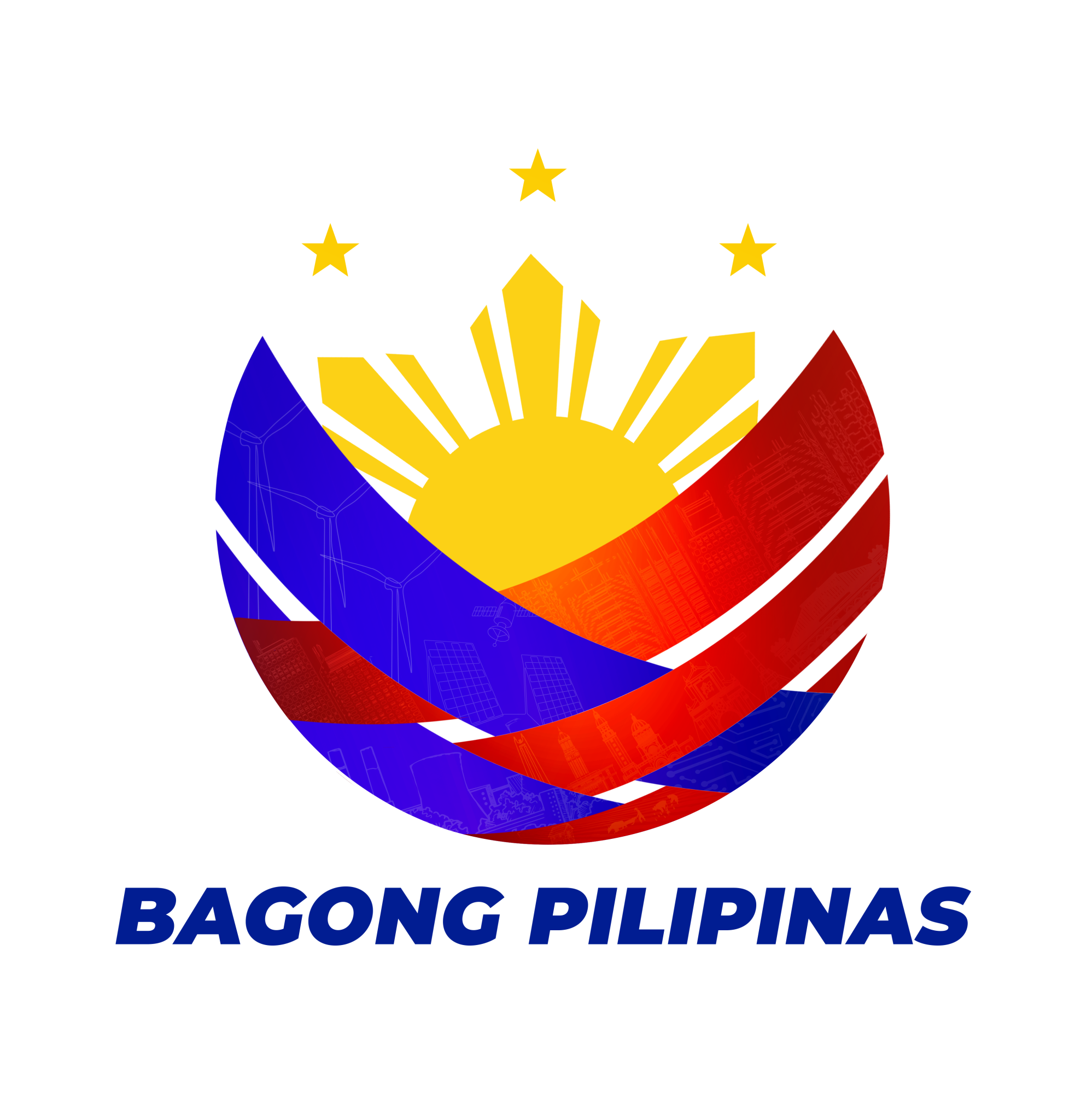UNESCO Designates yApayaos Biosphere Reserve in World Network of Biosphere Reserves
Mt. Kilang in Calanasan, Apayao [Photo courtesy of the PTSO]
PARIS 09 July 2024 – During the 36th session of the International Coordinating Council, the governing body of UNESCO’s Man and the Biosphere programme held in Agadir, Morocco, from 02 to 05 July 2024, UNESCO approved the designation of 11 new biosphere reserves including the yApayaos Biosphere Reserve in the Philippines. The World Network of Biosphere Reserves now totals 759 sites in 136 countries.
Biosphere reserves are an essential component of UNESCO's mandate as the United Nations’ organization for the sciences. Each biosphere reserve promotes innovative local sustainable development solutions, protects biodiversity, and addresses climate disruption. They also support local and Indigenous communities through practices such as agro-ecology, water management, and the generation of green income.
Biosphere reserves contribute to helping achieve the targets set by States upon the adoption of the Kunming-Montreal Global Biodiversity Framework in December 2022, which includes designating 30% of the Earth’s land and marine surface as protected areas and restoring 30% of the planet’s degraded ecosystems by 2030.
The yApayaos Biosphere Reserve in the Province of Apayao is divided into two distinct regions: Upper Apayao, with its rugged terrain, towering peaks, plateaus, and valleys, and Lower Apayao, featuring flatlands adorned with rolling hills and plateaus. Stretching 180 km, the majestic Apayao River serves as a vital watershed, nurturing 18 tributaries across the province.
"Yapayaos" encompasses both the people and the diverse flora and fauna living in the area. The region is home to various ethnolinguistic groups and ten Indigenous Cultural Communities whose traditions and laws are deeply intertwined with the land and its resources. Notably, the Isnag/Isneg community, which constitutes 30 percent of the population, upholds the Lapat system, a unique customary practice regulating the use of natural resources and protection of the environment.
Recognized for its ecological significance, Apayao harbors the Apayao Lowland Forest Key Biodiversity Area, which has high levels of endemism and serves as a refuge for critically endangered species like the Philippine eagle (Pithecophaga jefferyi).
The population of 124,366 engages primarily in rice and corn cultivation. However, ecotourism is progressing in the province. The biosphere reserve spans 3,960 km². END
*Excerpts from UNESCO Press Release dated 05 July 2024
PHOTO COURTESY: Provincial Tourism Services Office (PTSO)-Apayao, Facebook page

